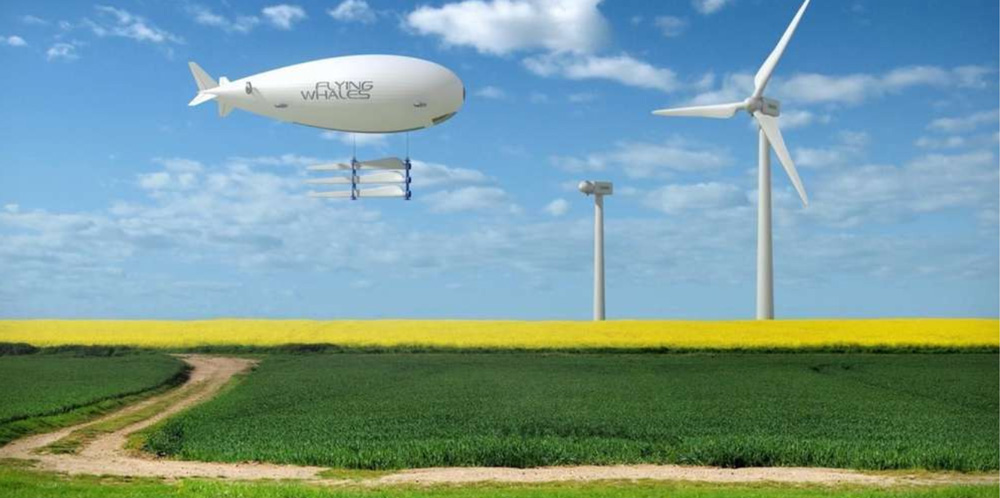
The announcement was made on Monday 20 July 2020 at a press conference held at the Hôtel de Région in Bordeaux, in the presence of Alain Rousset, President of the Nouvelle-Aquitaine Region and the directors of Flying Wales. It is on the commune of Laruscade that airships will be manufactured.
The production activity on this site of more than 50 hectares will contribute to the dynamism of the industrial fabric of the area and will allow the creation of 200 to 300 qualified jobs.
In addition, the exceptional size of the buildings on the production site will be positively highlighted thanks to a strong architectural bias, both for inclusion in its environment and for the attractiveness and aesthetics that will emerge from it.
Betting on the aesthetics of an industrial facility is a strong will of Flying Whales, a guarantee of rooting in the territory and inclusion of neighbouring populations. It will be an additional asset to enhance the region's heritage.
The great return of airships
Today, airships are making a big comeback. Flying Whales: the largest airship in the world will fly in the Gironde in 2024.
Born in 1783, the balloon became an airship in the 19th century. It was between 1920 and 1930 that it experienced its golden age before being abandoned in favour of the airplane.
Today it is once again becoming interesting in many ways, particularly for meeting the ecological and economic challenges facing companies.
Flying Whales, or the LCA60T (Large Capacity Airship) project, is "a unique solution in the world with a loading/unloading capacity of tens of tons in hovering flight, a customised multi-layer envelope, multifunctional materials, a distributed hybrid electric propulsion, a composite structure, optimised load management".
This airship is specialized in the transport of heavy loads up to 60 tons and is proposed as an alternative to the truck for isolated areas, for the transport of wind turbine blades, wood, chalets.
This agreement materializes the emergence of this large, cutting-edge industrial project participating in the ecological transition in France, Europe and around the world.
Translated with www.DeepL.com/Translator
(free version)





